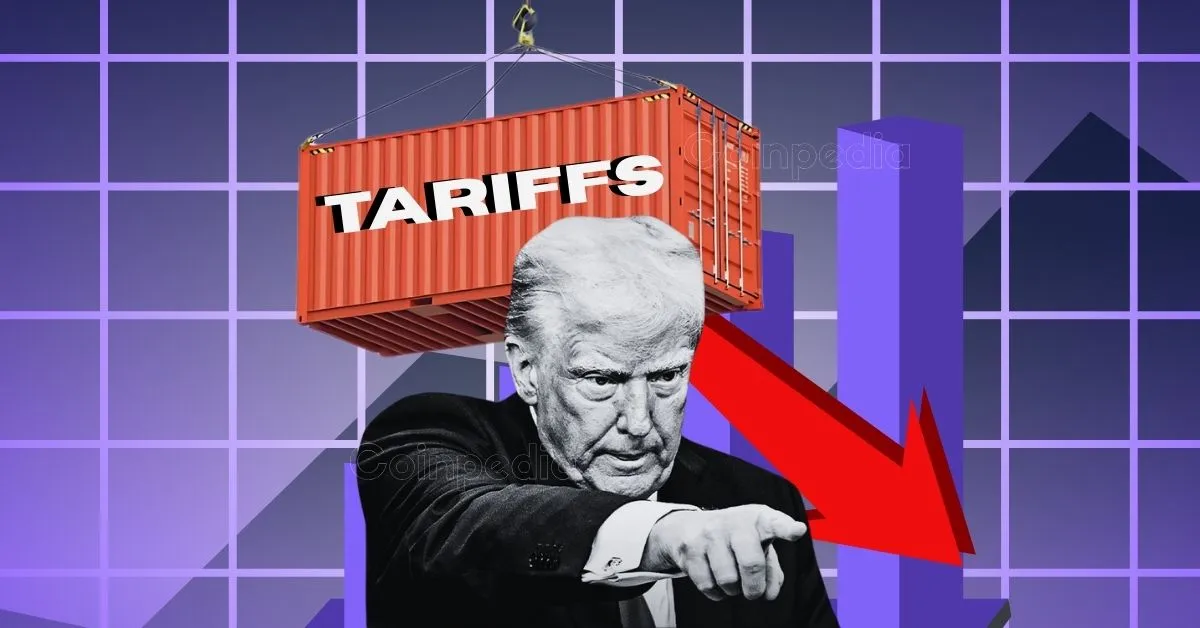
Trade War Tensions: A Shift in U.S.-China Tariff Strategy
The global economy has been holding its breath for years as the U.S. and China engage in a high-stakes trade war, marked by tit-for-tat tariffs and geopolitical posturing. What began as a battle over trade imbalances and intellectual property has spiraled into a defining feature of 21st-century economics. But in a twist worthy of a detective novel, President Trump recently floated a bombshell proposal: slashing tariffs on Chinese imports from 145% to 80%. Is this a truce—or just a tactical retreat? Grab your magnifying glass, folks. Let’s follow the money.
The Tariff Rollback: A Calculated Gambit
Trump’s sudden pivot to propose cutting tariffs ahead of high-stakes talks in Switzerland wasn’t just random diplomacy—it was a strategic play. Dropping rates to 80% still keeps them punishingly high (seriously, dude, that’s not exactly a “friendship discount”), but it signals a rare willingness to de-escalate. For U.S. businesses drowning in supply chain costs, even this modest relief could mean breathing room. Meanwhile, China’s export-driven economy, already strained by tariffs and pandemic aftershocks, might see a flicker of hope. But let’s not pop champagne yet: 80% is still a barrier thicker than a Black Friday mall crowd.
Behind the scenes, this move reeks of political theater. Trump, ever the dealmaker, might be softening his stance to secure concessions on tech transfers or market access. But with both nations nursing economic bruises, the question isn’t just about tariffs—it’s about who blinks first.
Market Whiplash and the Ripple Effect
Wall Street’s reaction? A cautious shrug. Stocks wobbled on the news, reflecting investor skepticism. Sure, any thaw in trade tensions is welcome, but 80% tariffs won’t magically fix fractured supply chains or revive sluggish global growth. Consider the collateral damage: small U.S. manufacturers still face inflated material costs, while Chinese factories grapple with shrinking orders. And let’s not forget the rest of the world—countries like Germany and Vietnam, caught in the crossfire of disrupted trade flows, are side-eyeing this “progress.”
The real tell? Commodity markets. Copper prices (a classic economic health indicator) barely twitched, suggesting traders aren’t buying the hype. Even if tariffs drop, the deeper issues—tech wars, export controls, and good old-fashioned mistrust—aren’t going anywhere.
The Long Game: More Than Just Tariffs
Here’s the kicker: tariffs are just the tip of the iceberg. The U.S. and China are locked in a battle over who controls the future—think AI supremacy, 5G dominance, and who gets to write the rules of global trade. Trump’s tariff tweak might ease short-term pain, but it doesn’t touch the core disputes: forced tech transfers, intellectual property theft, or China’s state-backed industrial juggernaut.
Domestic politics further muddy the waters. In the U.S., hardliners will scream “weakness!” if tariffs fall, while China’s leadership can’t afford to look conciliatory amid slowing growth. And with both nations eyeing post-pandemic recovery, compromise feels as elusive as a quiet day at a Walmart on Black Friday.
Conclusion: A Ceasefire, Not Peace
So, is the trade war cooling off? Sort of—like a latte left on the counter. Trump’s tariff proposal is a tactical retreat, not a surrender. It buys time for negotiations but leaves the structural conflicts untouched. For businesses and consumers, it’s a glimmer of hope—but until the two giants tackle the root causes of their rivalry, the global economy remains stuck in limbo.
The lesson? In trade wars, as in clearance sales, the fine print matters. And right now, the fine print reads: “Proceed with caution.”
